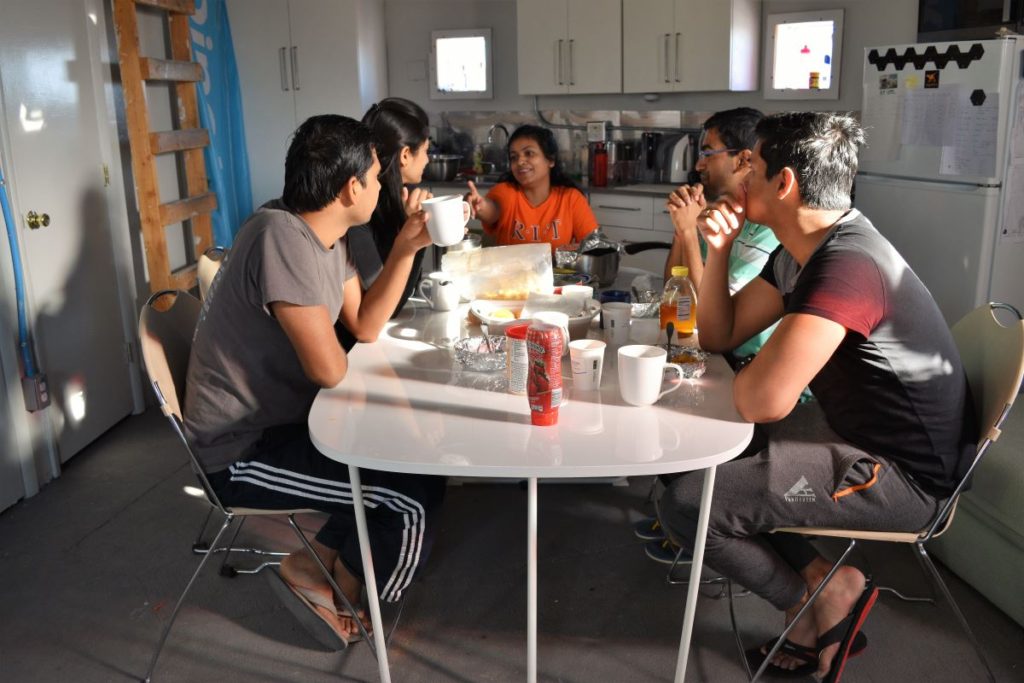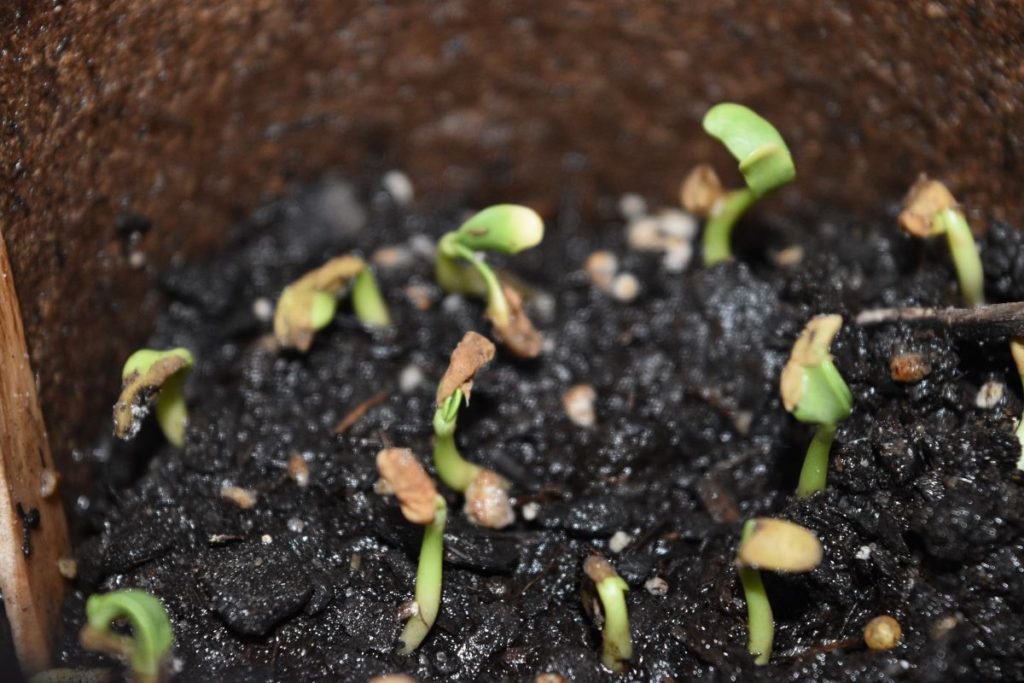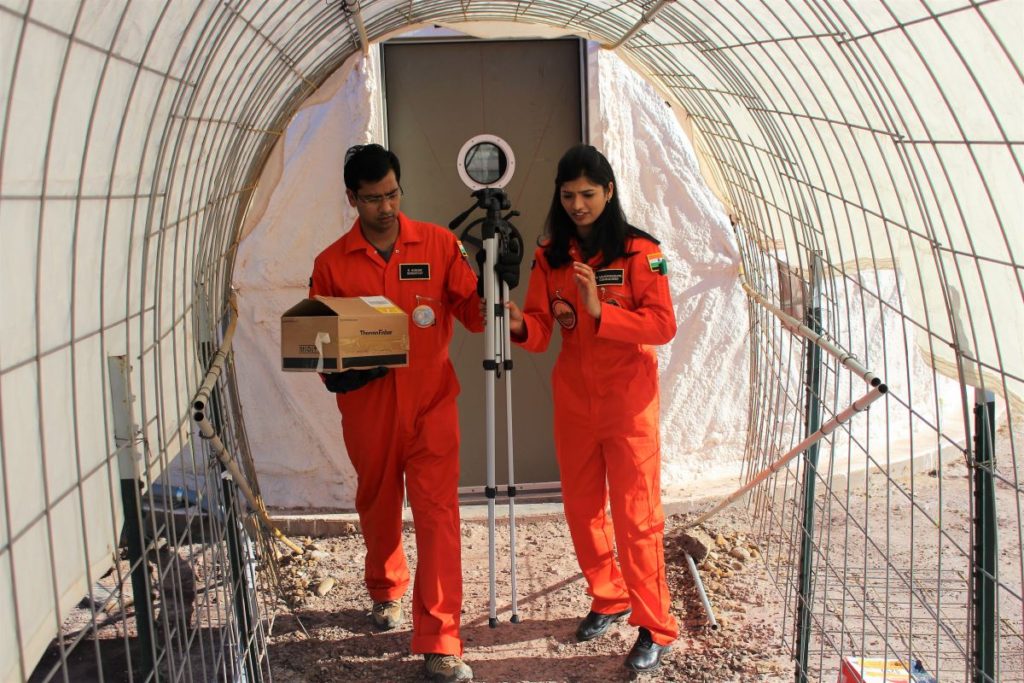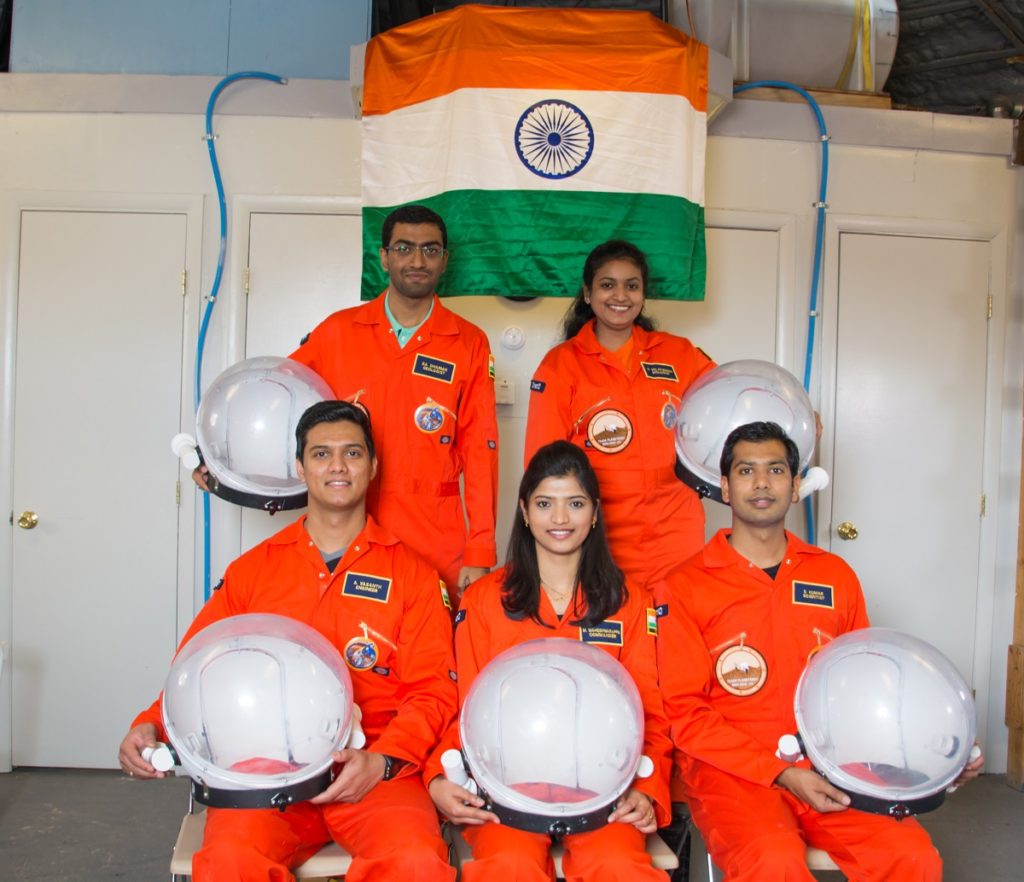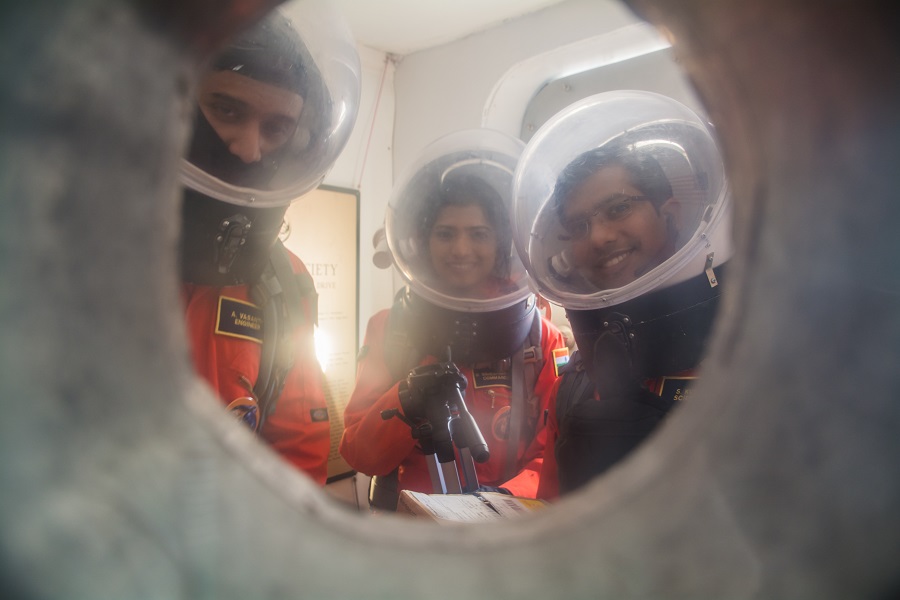Science Report:
Prepared by: Mamatha Maheshwarappa
Sol: 06
Earth Date: 02.04.2017
Title: Characterizing the transference of human commensal bacteria and developing zoning methodology for planetary protection
Project Advisor: Dr Lewis Dartnell, Professor of Science Communication, University of Westminster
Purpose: This research aims at using metagenomic analyses to assess the degree to which human-associated (commensal) bacteria could potentially contaminate Mars during a crewed mission to the surface. This will involve swabbing of interior surfaces within the MDRS habitat to characterize the commensal biota likely to be present in a crewed Mars mission, and collection of environmental soil samples from outside the MDRS airlock door and at increasing distances from the habitat (including a presumably uncontaminated site) in order to characterize transference of human commensal bacteria into the environment.
About the project: The internal samples (swab kits) are scheduled towards the end of the mission (but before anything has been cleaned or wiped down), so that the moist swabs with sampled bacteria spend as little time as possible before coming back to Earth for further analysis. As the external samples had no restrictions, it was scheduled on 4th Feb 2017.
With these soil samples, we are looking to see if human commensurate bacteria have escaped out of the MDRS habitat and into the surrounding area. Soil samples were taken (i.e. 3x Falcon tubes full of soil) immediately outside the airlock door, and then 1m, 2m, 5m and 10m from the airlock door. We are yet to collect at least a couple of samples from a location away from the MDRS that has not been visited before on previous missions as we need a ‘pristine’ sample of the desert soil that hopefully has not been contaminated with human commensurate bacteria escaping from the MDRS.
Equipment used:
⦁ 15 Falcon™ 50mL Conical Tubes (5 locations x 3 samples at each location)
⦁ Powder free Latex Examination Gloves
⦁ 70% Ethanol bottle
⦁ Personal Navigator
Protocol:
⦁ Squirt a small amount of 70% ethanol from the bottle and then rub it around the hands after putting on the gloves. Wait a few seconds for it to evaporate off.
⦁ Open one of the 50ml Falcon tubes and scoop up surface soil at the sampling location. Soil was collected at the surface across a wider area than digging a single hole really deep. Took total of three (3) 50ml Falcon tubes full of soil at each location, so that we get triplicate samples.
⦁ The indelible pen was used to label the outside of each Falcon tube with the sample number – e.g. 1a, 1b, 1c from the first site, 2a, 2b, 2c from the second location, etc.
⦁ The sample numbers and the location where they came from were noted and photos were taken for future reference. Also, the precise GPS coordinates were noted using personal navigator.
⦁ The collected soil samples were stored in the fridge.




